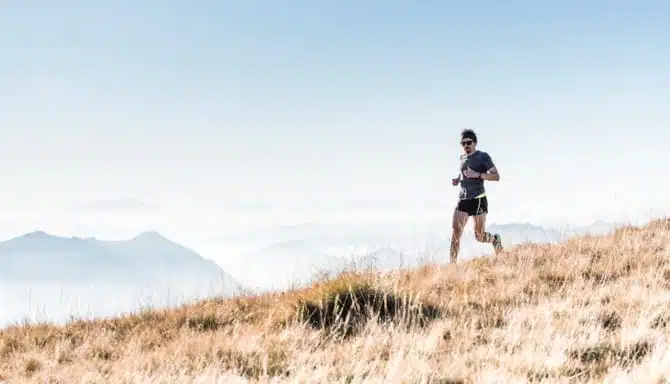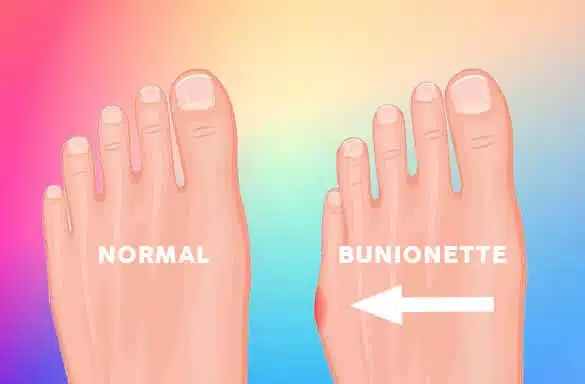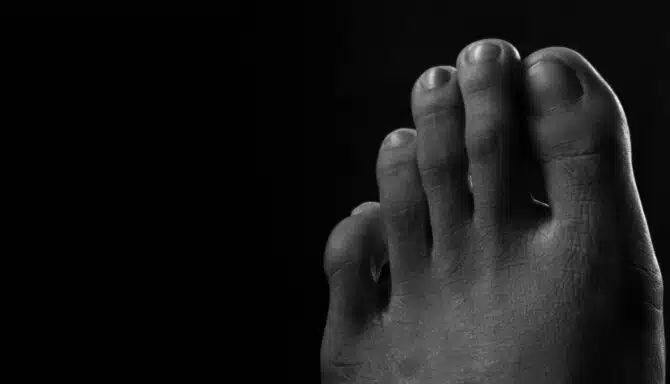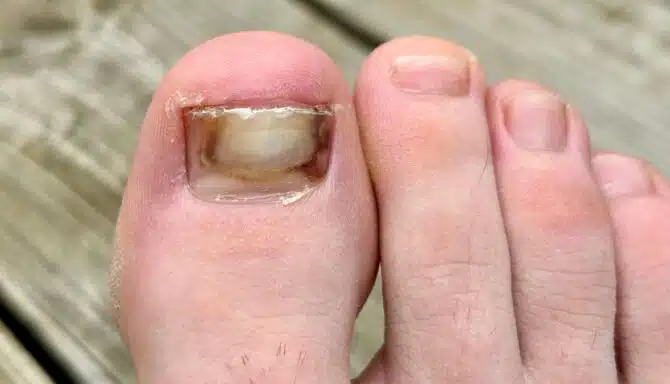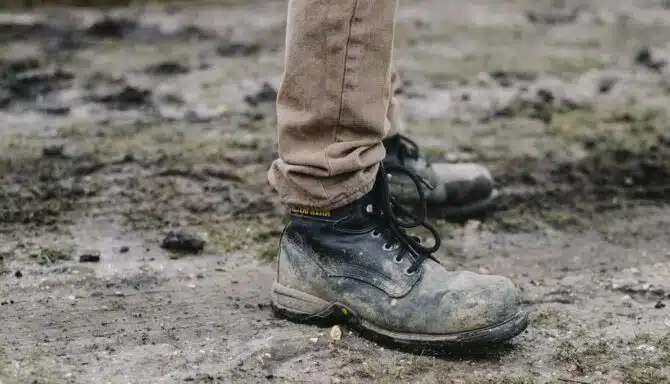Running is one of the most rewarding activities both for our mind and body.
That said, running comes with several risk factors in the form of injuries and foot issues. Some are rare, and some are experienced by almost every runner you come across. And, if you haven’t yet, now’s the time to do some reading to prevent yourself from the same fate by avoiding several runner’s foot problems
Consider these foot issues a part of the unofficial runner’s bucket list when it comes to experiences.
Shin Splints
Shin Splints are the common term for medial tibial stress syndrome.
This condition is characterized by pain along the inner part of the shin. Most commonly, shin splints are a result of too-much t00-soon. Your lower legs are not able to acclimatize to the load running puts on your body. For example, many new runners suffer shin splints when running for too long, too soon.
Typically, our aerobic capacity builds faster than our muscles and joints. So, it’s important to increase your weekly running by no more than 10%.
Another possible cause of shin splints is overpronation, which occurs when your ankle rolls too far inwards. The excessive inward rolling means your shins are bearing more of the impact than normal. If this is the case, consider purchasing motion control shoes that feature a thick medial post.
In terms of treatment, follow the RICE protocol – rest, ice, compression, and elevation. You’ll also want to reduce your mileage and the intensity of your workouts. When you’re ready to return, ramp up slowly, and avoid running on harder surfaces and opt for grass, and trail running.
Black Toenails
Running-induced black toenails are called Runner’s Toe. Repetitive trauma – the type associated with long-distance running – cause a blood blister to form under the toenail resulting in the blackened nail. Black toenails are among the most runner’s foot problems.
The medical term is known as a subungual hematoma, which means bleeding and bruising under the toenail. Sometimes, the blood blister can start out small, and remain small. In that case, the darkened part of the nail will begin to grow out and be removed with the routine nail clipping. The drying of the blood can cause your nail to separate, and loosen. So, your toenail may fall off altogether. Hence, the common runner experience of ‘losing a toenail.’
Fortunately, the whole experience isn’t particularly painful, and no intermittent treatment is necessary. If the toenail does, in fact, fall off, wash the area and wrap in a bandage. If you experience persistent pain, you should visit a healthcare professional.
In terms of prevention, find a shoe that fits right. Consider a Shoe Fitting to determine the exact size and type of shoe that’s best for you. If your toes are crowded and up against the edge of your shoe, there will be more friction and impact causing you toe to blister. Additionally, if you run on undulating terrains, like downhills, you may be more prone to black toenails.
Blisters
Getting blisters is a shoo-in for runners.
A Blister is a small fluid-filled bubble on the skin. Most blisters on your feet are friction blisters, which result from socks or shoes excessively rubbing against the skin of your feet. This excessive rubbing can be from ill-fitting shoes, wet shoes, or just overuse, like running a marathon.
The ‘bubble’ itself is a natural cushion that your body produces in order to create a protective barrier between the irritated area of skin and friction-causing object.
The most common question related to blisters is: should I pop the blister or let it be? It depends.
If the blister is small enough and poses no risk of opening and possibly causing an infection, leave it be. Cover it with a Band-aid, or even basic medical tape, which has proven to be one of the most effective tools in preventing blisters. Additionally, the medical tape is only mildly adhesive meaning it won’t tear the blister. Plus, it’s extremely inexpensive.
However, if it’s large, and has a greater risk of opening because of added friction, consider popping the blister. Use a pin or needle (sterile) and puncture the outer skin. Drain the fluid from the blister. Thoroughly rinse the area.
Chafing
Chafing is similar to blisters in that it’s caused by excessive rubbing.
For runners, chafing can occur anywhere where skin rubs against skin or clothing. One common hotspot is the groin area, both because of shorts, and because your thighs may rub together when running. In fact, the latter even has its own name: Chub Rub.
Chafing is more of a nuisance than a foot condition but still important to address. You’ll want to do a number of things in order to prevent chafing:
- Use vaseline to provide a barrier on your skin.
- Stay dry: moisture can increase irritation and lead to chafing.
- Dress right: wear moisture-wicking clothes and do not re-use the same part of bottoms without washing.
If the area is very painful, swollen, bleeding, or crusted, your health care provider may recommend a Medicated Ointment.
If you’re a runner and are interested in avoiding potential concern, Call us at 416-769-3338 or book a visit today!
